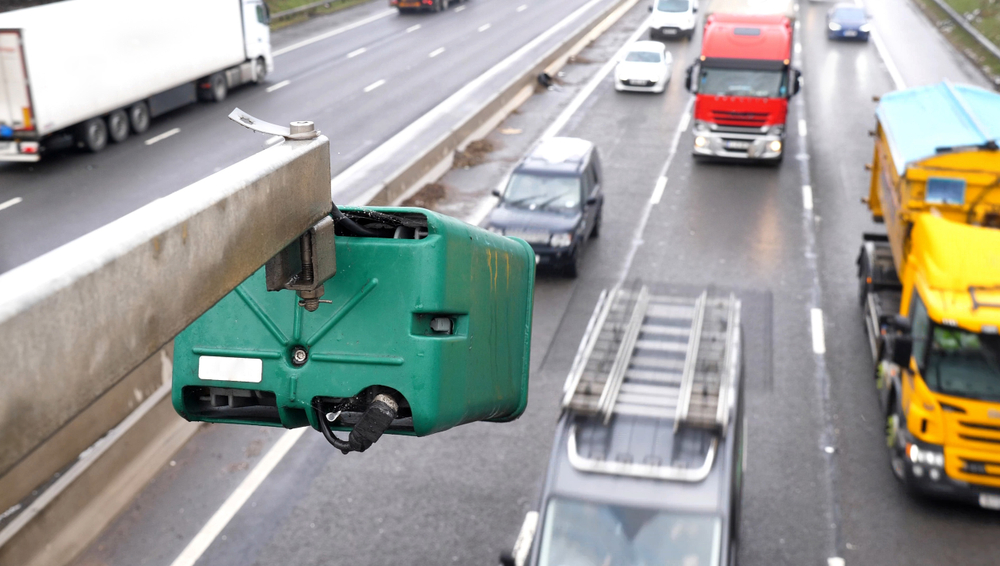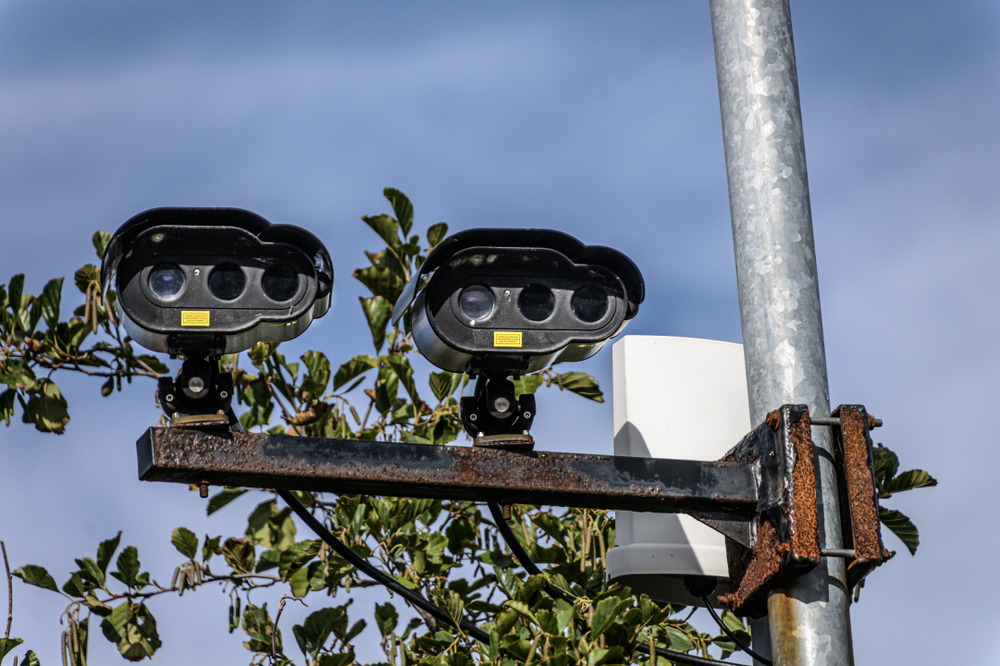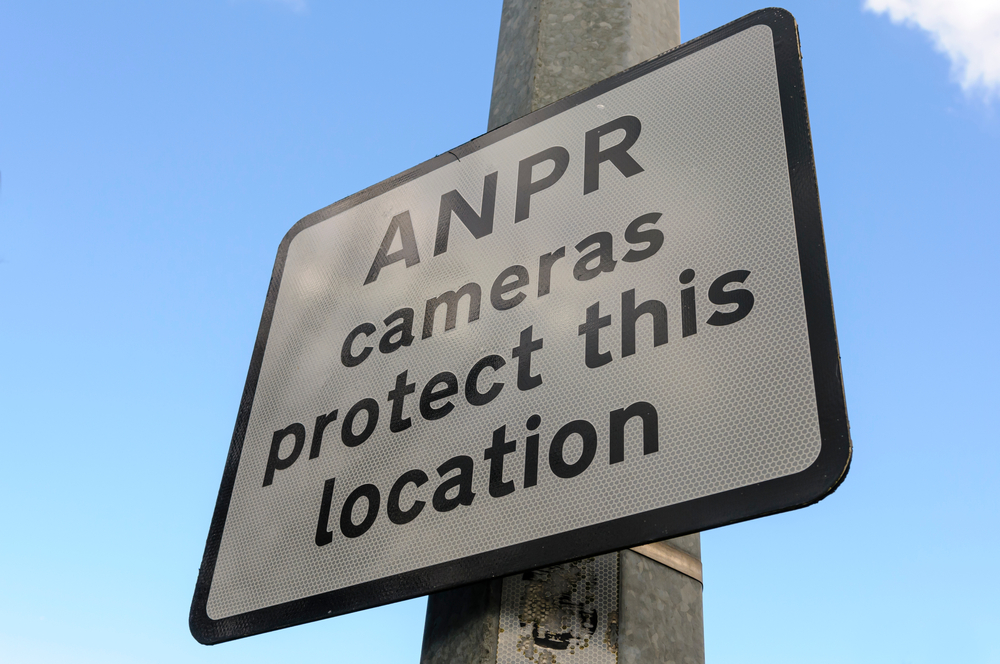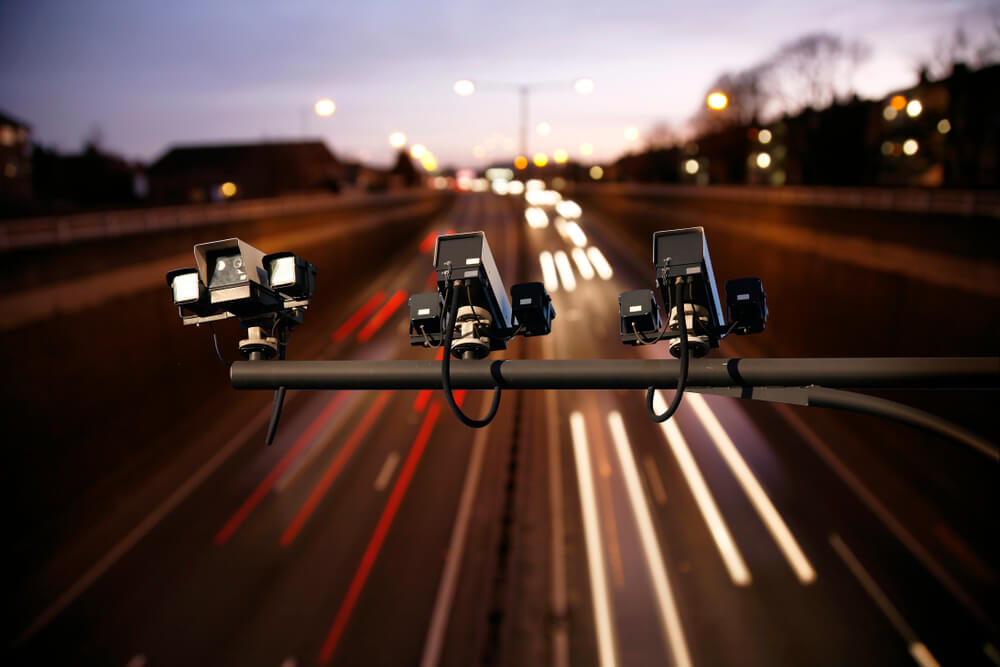38.8 million cars – that’s how many are known and registered in the UK. With ever-increasing traffic hitting our streets it heightens the likelihood of accidents, especially during peak travel times, and can cause significant congestion issues. So, how do traffic enforcement officers and police manage these problems?
ANPR cameras are an effective solution. In fact, they can read up to 98% of all Vehicle Registration Marks and accurately digest around 95% of them. If you’re a fan of reality policing programmes, you’ll often hear that suspicious cars are detected and pinged by ANPR cameras, offering a rapid response from officers and law enforcement.
Of course, there are even greater benefits that ANPR cameras offer, other than catching criminals. From parking charges to driving etiquette, ANPR cameras monitor congestion zones and traffic flows. This blog covers everything you need to know about ANPR cameras.
What are ANPR Cameras?
ANPR cameras, also known as Automatic Number Plate Recognition devices, are used to read a vehicle’s number plate. The technology is designed to detect number plates whilst vehicles are stationary or travelling at speed and are commonly found on main roads, motorways, or in ANPR-assisted car parks.
With police forces unable to be visible at all times, the use of ANPR cameras means frontline officers can be alerted to any suspicious vehicle activity within their vicinity. This can happen within a matter of seconds after a vehicle passes an active camera. Data, such as camera location and Vehicle Registration Mark (VRM), is passed over to relevant law enforcement agencies to take action.
On the other end of the spectrum, ANPR cameras can simply measure traffic flow and time parameters for the use of private parking feeds. ANPR cameras can detect time spent in a car park, cars that have exceeded their paid parking allowance, and even vehicles leaving without paying. As each vehicle has a VRM, this is then matched to records and corroborated against a database.
What Does an ANPR Camera Look Like?
ANPR cameras are designed to disrupt criminal activity whilst also measuring traffic flow, that’s why they are inconspicuous and blend in with their surroundings. Unlike bright yellow speed cameras, ANPR cameras are hard to notice and can easily be mistaken for CCTV. After all, their placement on motorways and main roads supports traffic enforcement officers in detecting stolen or dangerous vehicles without rousing suspicion.

Motorway ANPR Camera
These are typically placed around overhead road signs or tall posts that afford a good view of the road. As vehicles can travel up to 70mph on most motorway systems, they are positioned in a way that provides the camera enough time to read and process multiple number plates at once.

Car Park ANPR Camera
For car parks with an ANPR system in place, you’ll find cameras like these stationed at the entrance and exit. As well as capturing details upon vehicle entry, they also flag if a vehicle has left without paying for parking and if the vehicle has overstayed its paid period.
Where payment hasn’t been completed, a letter will be sent to the registered owner with an invoice attached that must be paid. Failure to produce payment could result in a fine and further action being taken by the courts.
What Does an ANPR Camera Detect?
ANPR cameras are capable of multiple functions as well as automatic number plate recognition. They can be used to measure, report, and flag the following:
- Average Speed
- Bus lane use
- Box junction use
- Car parking periods
- Congestion and low emissions zones
- Detecting and recording terrorism or organised crime
- Dangerous vehicles
- Journey times
- Stolen vehicles
- Toll roads and toll bridge fees
- Volume of traffic

How Do ANPR Cameras Work?
Unlike traffic enforcement cameras, ANPR cameras can be triggered by driving behaviours like speeding or using a mobile phone at the wheel and detecting uninsured and untaxed vehicles. They can also read and digitise a vehicle’s number plate, either whilst a vehicle is stationary or moving. An image is then submitted to a database where it is checked against a record of VRM and located.
How Quickly Does an ANPR Camera Work?
Unlike traffic enforcement cameras, ANPR must offer an almost instantaneous response, especially for high-priority and emergency scenarios that require immediate police involvement. As around 60 million ANPR readings are taken every day, a lot of information must be filtered through, without fault, to ensure police and enforcement agents receive accurate data.
| ANPR Type | Read to Alarm | Number Plate Read by a Camera to Forward Delivery to National ANPR Service | National ANPR Service Process to Delivery at a Law Enforcement Agency |
| CCTV Integrated ANPR System | 4 seconds | 2 seconds | 2 seconds |
| Mobile ANPR System | 6 seconds | 4 seconds | 2 seconds |
| Moveable ANPR System | 4 seconds | 2 seconds | 2 seconds |
| Multi-Lane ANPR System | 4 seconds | 2 seconds | 2 seconds |
| Static ANPR System | 4 seconds | 2 seconds | 2 seconds |
Data taken from National ANPR standards for policing and enforcement.
What Data Does an ANPR Camera Collect?
These cameras are designed to support anyone from private car park companies to law enforcement which is why the data collected must consist of tangible facts. The data collected, stored, and shared normally consists of the following, but is not limited to:
- Vehicle Registration Mark (VRM)
- Date and time
- Camera identification
- Camera location
- Geo plotting
- Direction of travel
The data collected by ANPR cameras is only accessible to relevant staff members within ANPR-related roles, including law enforcement officers. In accordance with the Data Protection Act, this information can be accessed between 90 days to one year from the date it was collected in accordance with ongoing investigations.
How Does Law Enforcement Use ANPR Cameras?
From spotting criminal activity to supporting evidence in the courtroom, ANPR cameras are one of the many tools used by law enforcement agencies to promote safety and accountability on Britain’s roads. Their ability to detect suspicious vehicles within seconds certainly supports frontline officers in apprehending criminals.
ANPR cameras also assist traffic enforcement with administrative matters. For example, these cameras can measure the flow of traffic and the number of cars on the road. It’s also possible for cameras to detect vehicles travelling without insurance or tax, meaning police nearby can pull over the offending driver to take further action.
What Happens If You Are Caught by an ANPR Camera?
Before you travel, you should always make sure you have taxed your vehicle, have the correct insurance policy for your needs and have a valid MOT, if required. Unfortunately, in the instance that any of these are missing, you are likely to be pinged by an ANPR camera. In the event your car isn’t deemed safe to drive, for example no tax, MOT or insurance, police officers have the right to stop your vehicle, speak to the occupants and even make arrests.
There are hefty fines for drivers who use their car without an appropriate MOT, tax, or insurance policy. The more serious consequences can result in penalty points and even a driving ban. If you choose to drive your car without a valid MOT, for example, you can be fined up to £2,500, receive 3 penalty points and could also receive a ban. After this point, it’s incredibly likely you’ll end up paying increased premiums for your car insurance too. It’s even possible that you’ll be rejected by regular high-street lenders.
Those With a Driving Offence Need Specialist Insurance
At Keith Michaels, we hold over 35+ years of experience working within the specialist insurance industry and can support you in finding insurance if you are a convicted driver. We understand that every person’s circumstances are different, and that’s why we take the time to work with you and find the best possible policy for your needs. Contact us today.


